The Lohani Caves, situated in the Mandu region of Madhya Pradesh, are a collection of rock-cut caves that are believed to date back to the 11th century. Nestled within the Vindhya mountain range, these caves were once a hub for Shaivite monks and are renowned for their simple yet intriguing architecture. The caves showcase intricately carved pillars and petite shrines, which highlight the spiritual significance of the site. Furthermore, the caves provide panoramic views of the surrounding landscape, thus making it the best trip for history enthusiasts and travellers alike.
Lohani Caves Location
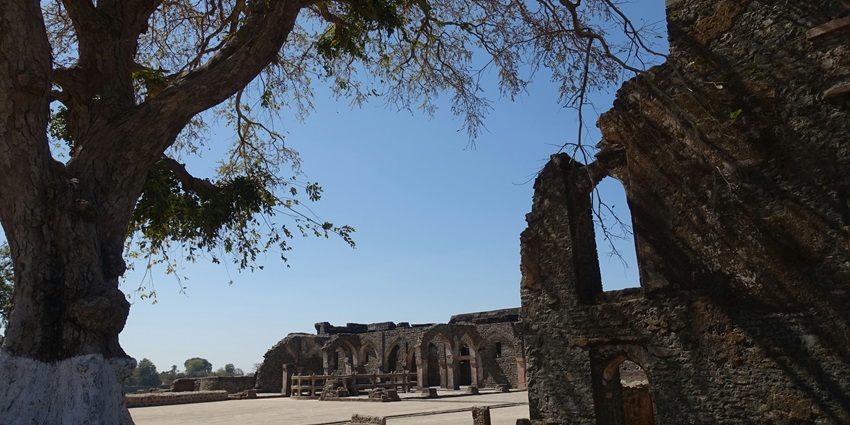
The caves are located roughly 2 km from the centre of Mandu, a town steeped in history within Madhya Pradesh. Reaching these caves is quite easy from surrounding cities and notable landmarks. They lie about 95 km from Indore, which can be reached through a 2-hour drive.
Suggested Read: Places To Visit Near Indore
How To Reach Lohani Caves
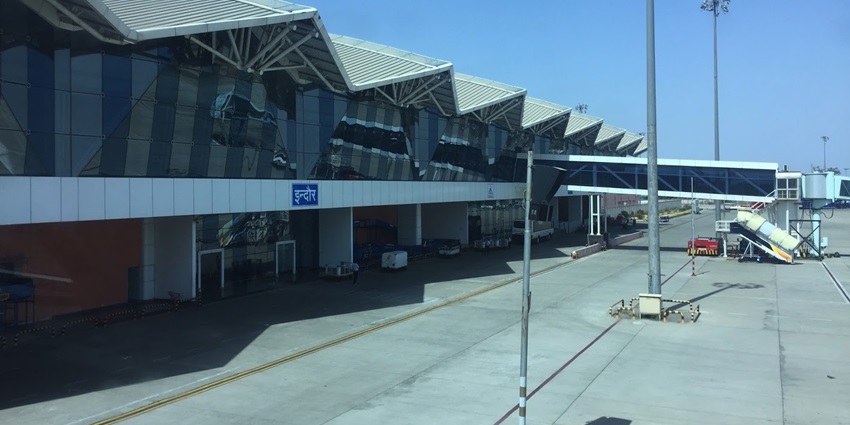
Photo: VishuN / Wikimedia Commons
By Train: The nearest railway station is situated in Indore, approximately 95 km from Mandu. After arriving in Indore, visitors can either take a taxi or a bus to reach Mandu, which generally requires around 2 hours.
By air: If air travel is preferred, the closest airport is Devi Ahilya Bai Holkar Airport, which is about 95 km away. Upon landing, visitors have the option to hire a taxi or utilise state-operated buses to reach Mandu and the caves.
By Road: One might choose to take a taxi or drive themselves, enjoying a scenic journey along the highway to Mandu.
Places To Visit Near Lohani Caves
1. Jahaz Mahal
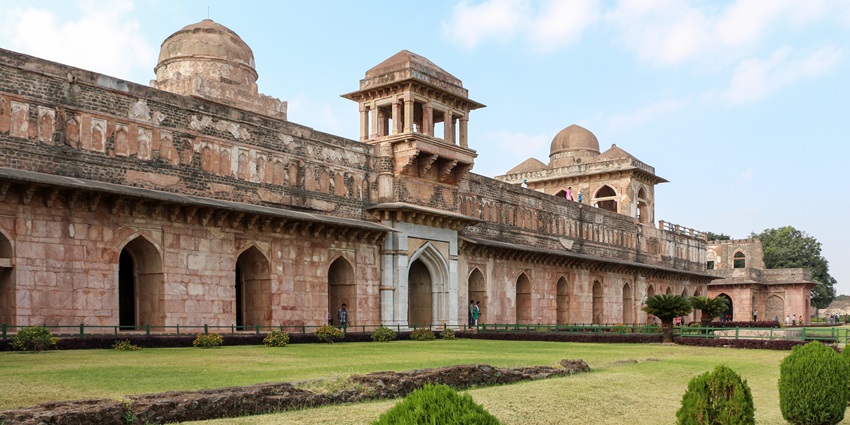
Photo: Bernard Gagnon / Wikimedia Commons
The Jahaz Mahal, often referred to as the Ship Palace, is a remarkable example of mediaeval architecture, constructed under the rule of Sultan Ghiyas-ud-din Khilji. It gets its name from the structure, bordered by two artificial lakes, which creates the illusion of a vessel adrift on the water. This two-story architectural wonder functioned as a pleasure palace and showcased the opulent lifestyle of the Malwa Sultans. The terraces of the palace, alongside its expansive courtyards and elaborate designs, provide breathtaking views of the surroundings for anyone visiting the Mahal.
Timings: 6 AM – 6 PM
Entry Fees: ₹25 for Indian citizens and for foreigners ₹300
Suggested Read: Best Places To Visit Near Jabalpur For An Ultimate Weekend Getaway
2. Rani Roopmati Pavilion
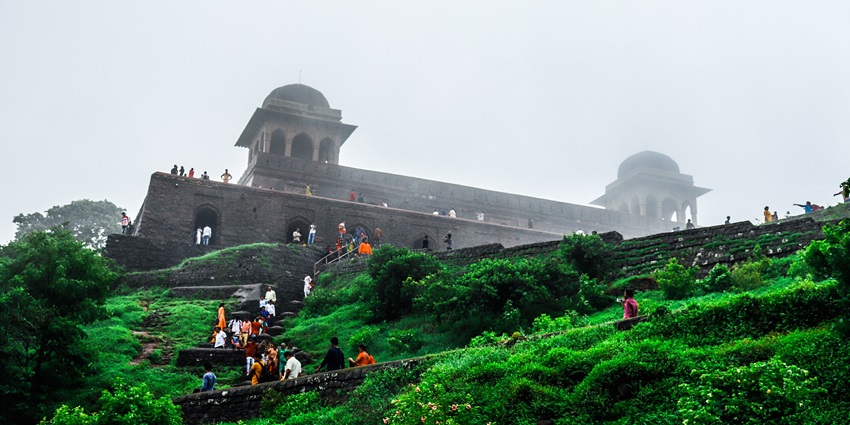
Photo: Yayawar monk / Wikimedia Commons
Situated on a hilltop, the Rani Roopmati Pavilion provides an enchanting vista of the Narmada River and the adjacent plains. This pavilion was initially constructed as a vantage point for Rani Roopmati to gaze upon her cherished river and later functioned as a strategic military outpost during conflicts. The structure demonstrates the Afghan architectural style, with its towering domes and ornate balconies making it an iconic structure. Visitors can immerse themselves in the peaceful ambience and reflect on the historical significance tied to the love story of Rani Roopmati and Sultan Baz Bahadur.
Timings: 8 AM – 6 PM
Entry Fees: ₹25 for Indians and ₹300 for foreigners.
3. Baz Bahadur’s Palace
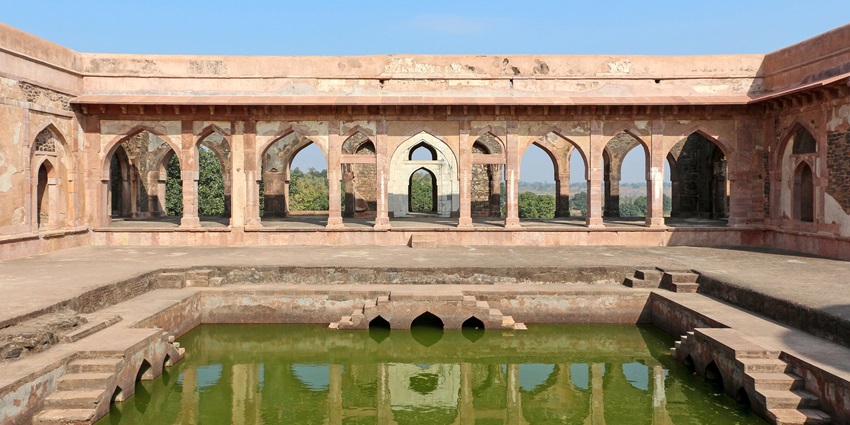
Photo: Bernard Gagnon / Wikimedia Commons
Nestled near the Rani Roopmati Pavilion, Baz Bahadur’s Palace is a significant historical landmark in Mandu. This palace, constructed in the 16th century, is distinguished by its expansive courtyards and magnificent halls. The architectural design merges Rajput and Mughal influences, reflecting Baz Bahadur’s passion for art and culture. However, the palace is not merely an architectural wonder; it is associated with the legendary love story of Baz Bahadur and Rani Roopmati.
Timings: 6 AM – 6 PM
Entry Fees:₹25 for Indian citizens (a nominal amount) and₹300 for foreigners.
Suggested Read: Places To Visit Near Khajuraho
4. Hindola Mahal
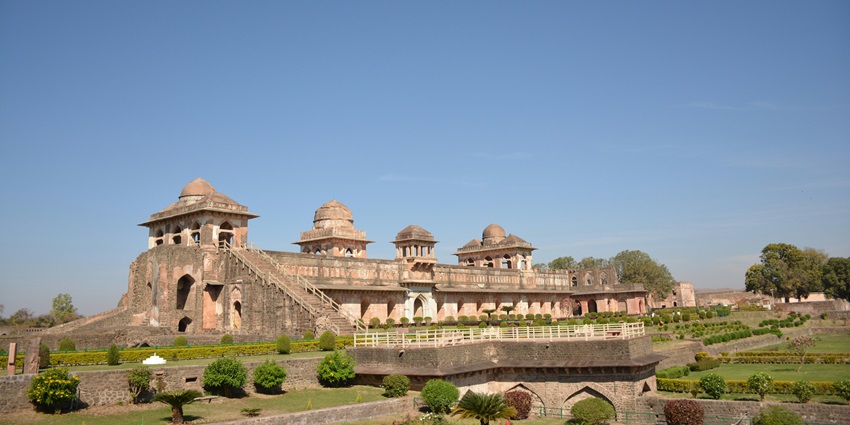
Photo: Sandip Roy / Unsplash / Image For Representation Only
Hindola Mahal, often referred to as the Swinging Palace, is renowned for its distinctive sloped walls that create an illusion of movement, resembling a swing. Constructed during the rule of Hoshang Shah, it functioned as a royal audience hall. The palace’s remarkable architecture, characterised by its angled walls and high arches. However, despite its relatively simple decoration, the geometric precision and symmetry of Hindola Mahal establish it as an iconic structure in Mandu.
Timings: 6 AM – 6 PM
Entry Fees: ₹25 for Indian nationals ₹300 for foreigners
5. Jama Masjid
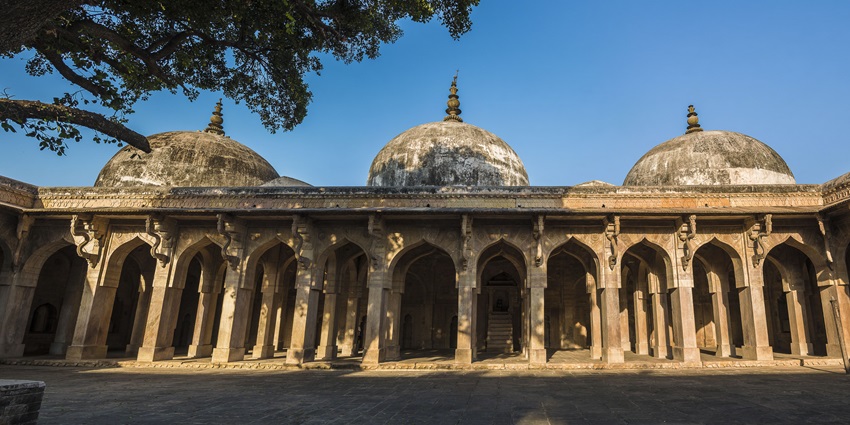
Photo: Asit Jain / Wikimedia Commons
Influenced by the magnificent mosque in Damascus, the Jama Masjid is a remarkable representation of Afghan architecture. Constructed in the 15th century, this mosque is one of the largest in India from that period; it continues to serve as an active site for worship. The mosque’s awe-inspiring central dome and expansive courtyard are certainly its most notable features. It is a peaceful environment where visitors can appreciate Islamic architecture.
Timings: 6 AM – 6 PM
Entry Fees: N/A
Suggested Read: Places To Visit Near Satna
Where To Stay
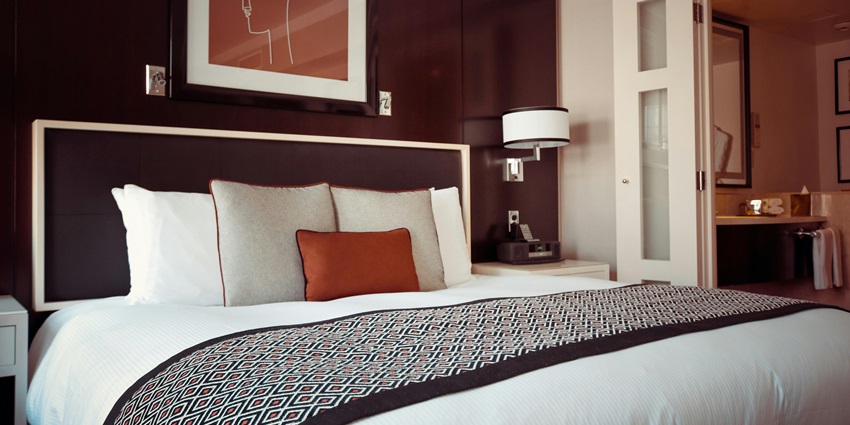
Photo: Pixabay / Pexels / Image For Representation Only
Accommodation in Mandu varies widely (from budget guesthouses to heritage hotels). The Malwa Resort, operated by MP Tourism, provides comfortable rooms and stunning views of the surrounding landscape. For those seeking a more historical experience, the Mandu Palace Heritage Hotel (which is situated within a restored royal structure) offers a unique fusion of modern amenities with old-world charm. On the other hand, budget travellers can choose Hotel Rupmati, which provides basic yet clean accommodations.
Where To Eat
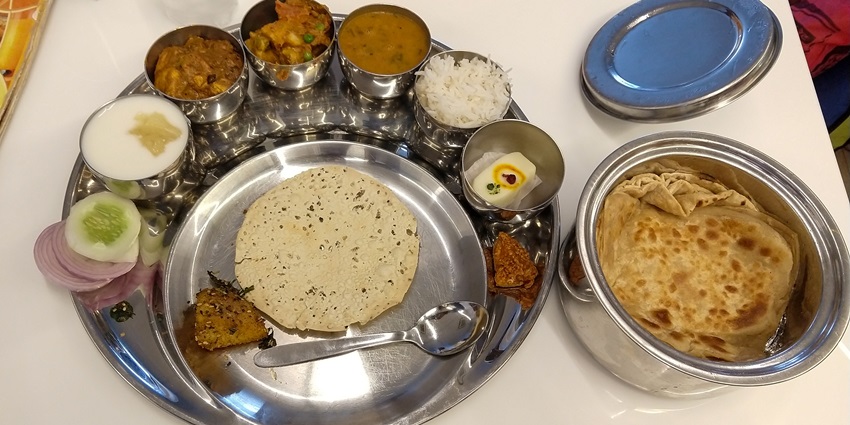
Photo: Boby Ortain / Wikimedia Commons / Image For Representation Only
Mandu presents an array of dining options; however, most are simple eateries that specialise in the local Malwa cuisine as well as traditional Indian dishes. Among the popular selections, one can find Mandu Haveli Restaurant and Heritage Restaurant, which offer a blend of local flavours and North Indian meals. Many guesthouses and hotels also feature in-house restaurants where visitors can savour homestyle meals. It is essential to not overlook the opportunity to try local delicacies such as poha, bhutte ka kees, and mawa baati.
Suggested Read: Top Places To Visit In Amarkantak For A Scenic And Cultural Retreat
Best Time To Visit
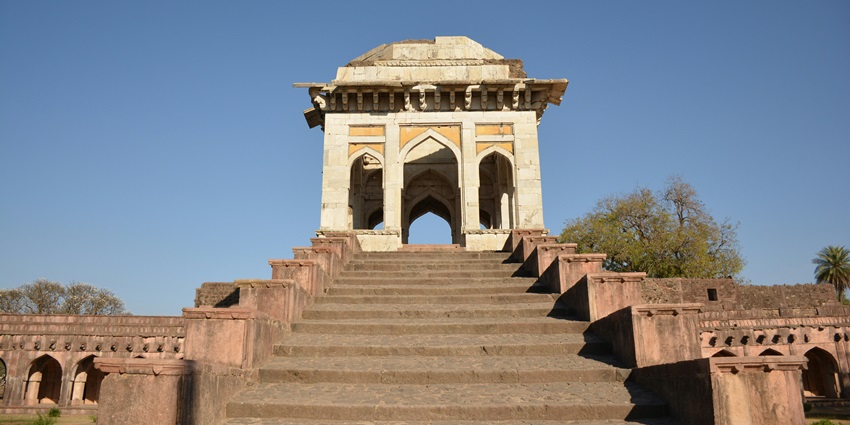
Photo: Sandip Roy / Unsplash / Image For Representation Only
The best time to visit the caves is between October and March, during the more temperate months. The climate is generally pleasant, with temperatures fluctuating from 10°C to 25°C; this makes it ideal for sightseeing. The monsoon season (which spans July to September) presents a distinct allure as the landscape transforms into a lush greenery offering picturesque views.
Other Factors To Consider
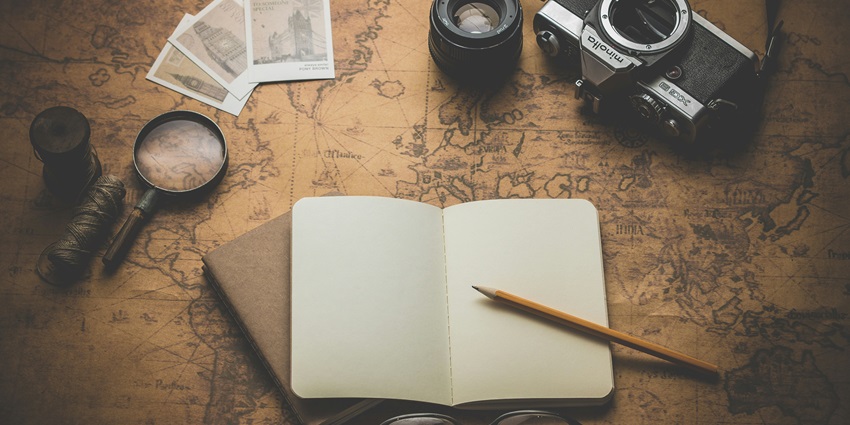
Photo: Dariusz Sankowski / Wikimedia Commons / Image For Representation Only
Average Cost Of The Trip
A trip cost to the caves can be quite affordable, especially when planned wisely. In terms of lodging, budget accommodations generally range between ₹1,000 and ₹3,000 each night. However, if one opts for midrange options like heritage hotels, the expense could escalate to about ₹4,000 to ₹6,000. Meals at local eateries are fairly accessible, often falling within the range of ₹200 to ₹500 per person. When considering transportation, hiring a taxi from Indore to Mandu generally incurs a fee of roughly ₹2,500 to ₹3,500 for a single trip.
Tips For Travellers
- Visiting Mandu between October and March is ideal, particularly because of the pleasant weather that facilitates outdoor exploration.
- Many local eateries and small shops do not accept cards or digital payments; thus, it is advisable to carry cash for small purchases.
- Booking accommodations early is crucial, especially during peak seasons or festivals, as hotels in Mandu tend to fill up quickly.
- The terrain surrounding Mandu requires a significant amount of walking, particularly while exploring the historical sites and the caves—so sturdy footwear is essential.
Suggested Read: Top Places To Visit In Chitrakoot
A journey to the Lohani Caves provides a distinctive blend of history, culture, and picturesque landscapes. Whether you are a history enthusiast or a wanderer in search of peace or amity Maharashtra has a plethora of popular attractions to explore. Plan a trip with TripXL to ensure a smooth and hassle-free experience and uncover one of India’s most captivating hidden gems.
Cover Photo: Photos Worldwide / Wikimedia Commons


 WhatsApp
WhatsApp
 Twitter
Twitter









